
Table of Contents
Introduction: The Power of Moving Well
Ever heard someone say, “I wasn’t doing anything—my back just went!”? It’s frustrating, confusing, and often a sign that movement patterns need attention. In my practice, I’ve seen countless people experience pain and stiffness not because of one big injury, but because of small, repeated mistakes in everyday movement.
One patient comes to mind. He walked in, leaning awkwardly to one side, looking more concerned about the tea towel he had tried to pick up than his lower back that had “gone.” His frustration wasn’t just about the pain—it was about how such a tiny movement could cause so much trouble.
The truth is, poor movement habits make constant withdrawals from your movement bank account. Over time, these withdrawals add up, leading to weakness, stiffness, and pain when you least expect it. But what if you could make deposits instead?
That’s where three fundamental movement patterns for strength and injury prevention come in—the squat, lunge, and golfer’s lift. Mastering these movements means you can pick up your child’s toys, carry a laundry basket, or lift groceries without fear of injury. Done right, they build strength, improve stability, and protect your body for the long run.
Why Movement Quality Matters
Have you ever groaned when getting out of a chair, felt a twinge in your back while bending down, or hesitated before picking something up because you weren’t sure if your body would “like it”? You’re not alone.
Many people think of pain and stiffness as something that just “happens” with age, but in reality, it’s often a result of losing efficiency in how we move. At some point, we stop moving the way our bodies were designed to—trading natural, fluid motions for stiff, awkward compensations.
The Consequences of Poor Movement Patterns
Most people don’t realize something is wrong until it’s too late.
- That nagging lower back ache? It could be years of bending incorrectly, rounding the spine instead of using the hips.
- The knee discomfort going up the stairs? A possible sign that movement imbalances are forcing the joints to take on more strain than they should.
- That sudden ‘tweak’ while reaching down for something small? It could be the moment when years of poor movement mechanics finally catch up with you.
Dr. Stuart McGill, a leading expert in spine biomechanics, explains that lower back “load failure” can happen in three main ways—and a great way to think about it is like managing a bank account:
- A sudden spike in force – Lifting something heavy with poor technique or experiencing an unexpected jolt to the spine. This is like withdrawing a huge sum of money from your bank account in one go and finding yourself in debt immediately.
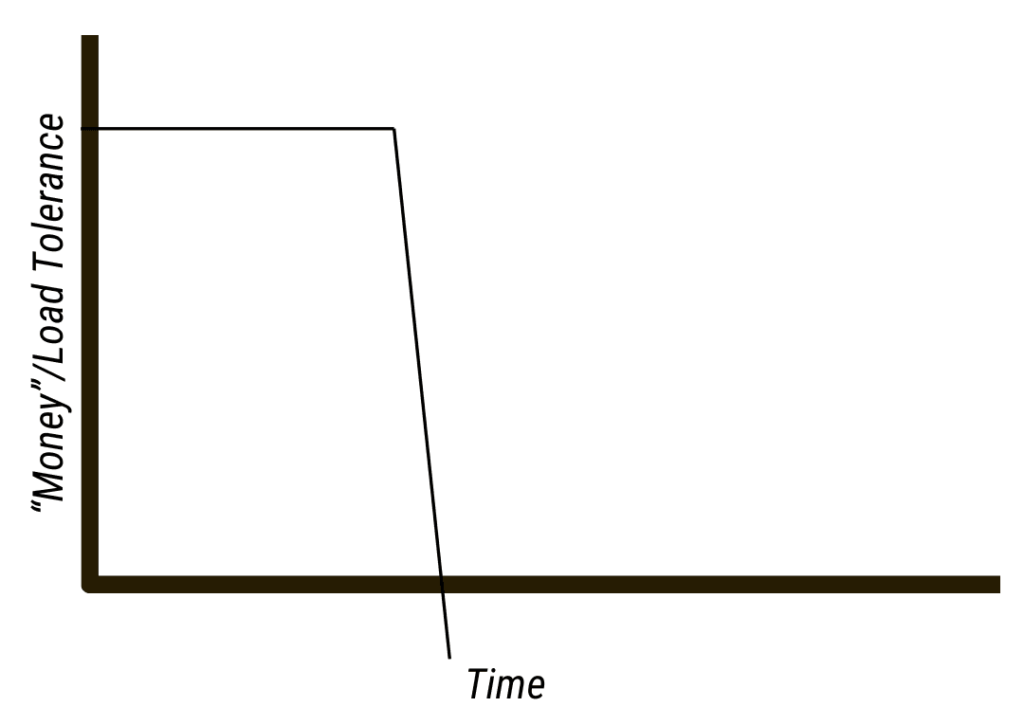
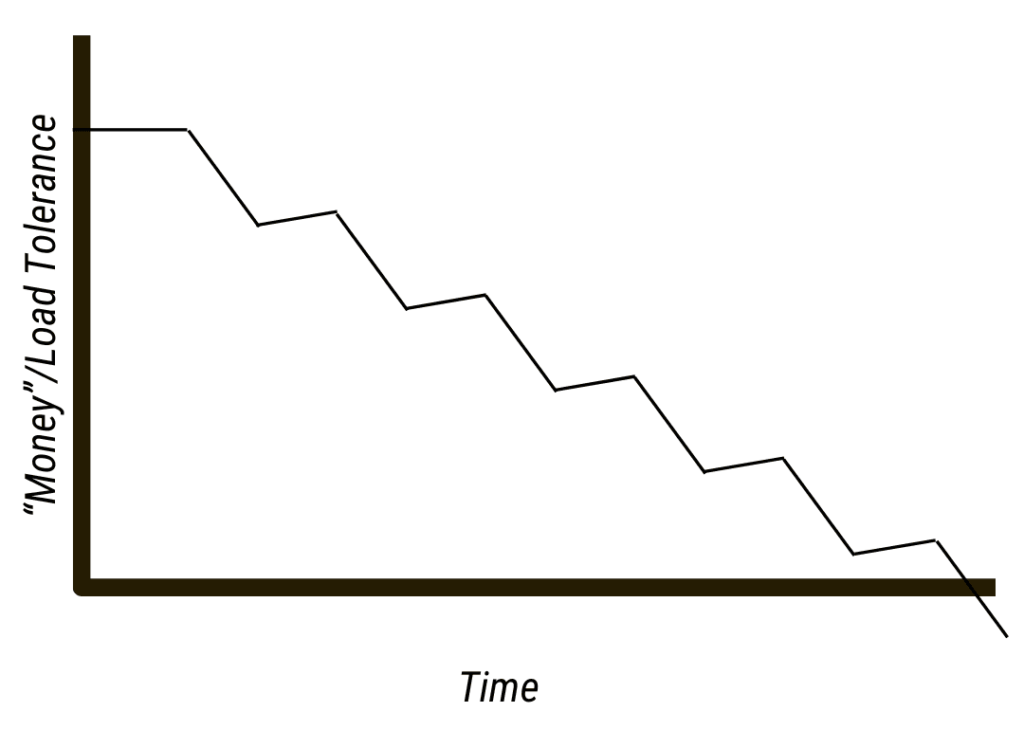
2. Repetitive movement without enough recovery – Small stresses build up over time. If the back isn’t given enough time to rest and recover, even a small action—like picking up a tea towel—can be the final straw. This is like constantly withdrawing small amounts of money but never depositing enough to replenish your reserves. Eventually, you hit your limit, and debt catches up with you.
3. Sustained holding of poor positions – Being stuck in one position for too long (e.g., a tradesperson bent over for hours) reduces the spine’s ability to tolerate load, increasing the risk of injury. This is like freezing your bank account—you’re unable to build reserves, and over time, your financial health suffers.
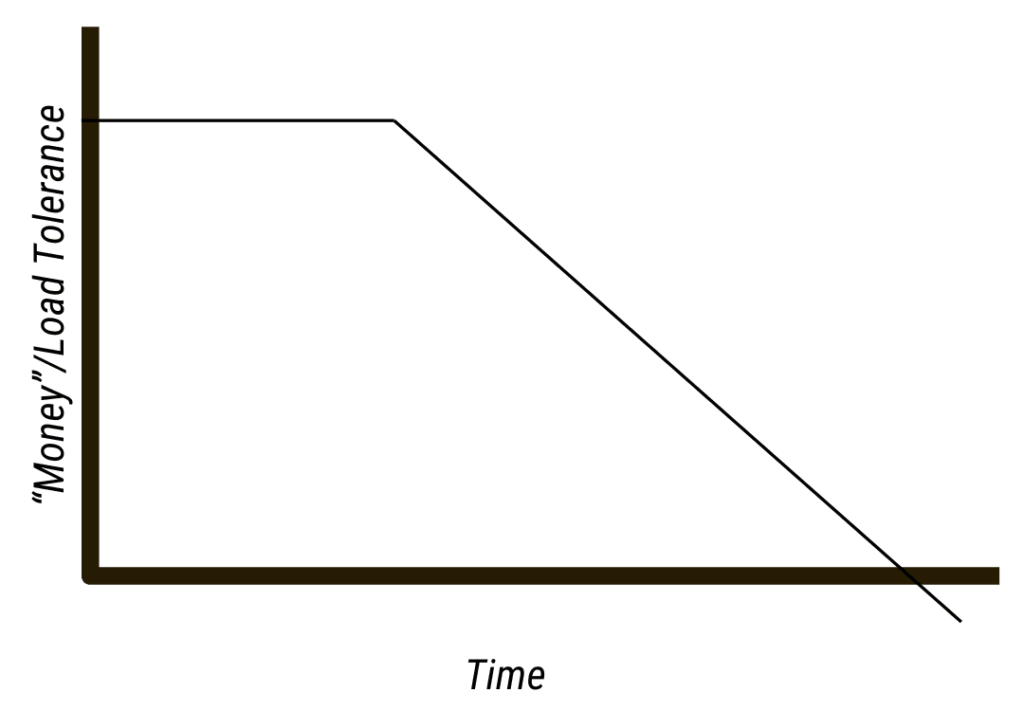
This is why movement quality matters. If you continue making “withdrawals” from your body’s movement reserves without “depositing” good habits like proper mechanics and recovery, you’ll eventually pay the price. The good news? You can regain control. The habits of desk workers often match 2. or 3. If you feel like that’s you, check out my last blog: Chiropractic Care for Office Workers: How to Prevent and Manage Desk-Related Aches
The Key to All Three Movements: Core Bracing
Imagine walking around with a bank account that has no security measures—no passwords, no fraud alerts, no safeguards. Any time an unexpected expense pops up, your account is drained, and you’re left scrambling to recover. That’s exactly what happens when you move without core bracing—you leave your spine vulnerable, allowing stress to drain your body’s reserves.
Core bracing is your security system. It protects your spine, stabilizes your movements, and prevents unnecessary “withdrawals” from your body’s strength reserves. Whether you’re squatting, lunging, or lifting, activating your core correctly ensures that your body can handle the load efficiently, preventing strain and injury.
What Is Core Bracing?
Core bracing is not the same as sucking in your stomach. Instead, it’s about activating the muscles to make them firm and stiff, providing support to your spine and allowing force to be distributed safely.
Think of it like tightening a belt—not too loose, not too tight, just enough to feel stable. Just like a belt has multiple holes, you can also adjust how much or how little you brace, depending on the movement. A light brace may be enough for sitting to standing, while a heavier brace is needed for lifting something heavier.
How to Brace Your Core Properly
Follow these simple steps to practice core bracing effectively:
- Stand as tall as you can be—which doesn’t mean sticking your chest out as much as possible, just maintaining a strong, upright posture.
- With your belly relaxed, push two fingers of each hand into the belly, about 5 cm to each side of your belly button. They should sink into the belly.
- Now, try to stiffen the muscles in your belly while staying tall and push your fingers out. You should feel the muscles activate beneath your fingers.
Optional: Once you can do this repetitively, try stiffening the muscles to different strengths, adjusting the tension depending on the task—just like tightening a belt to different holes.
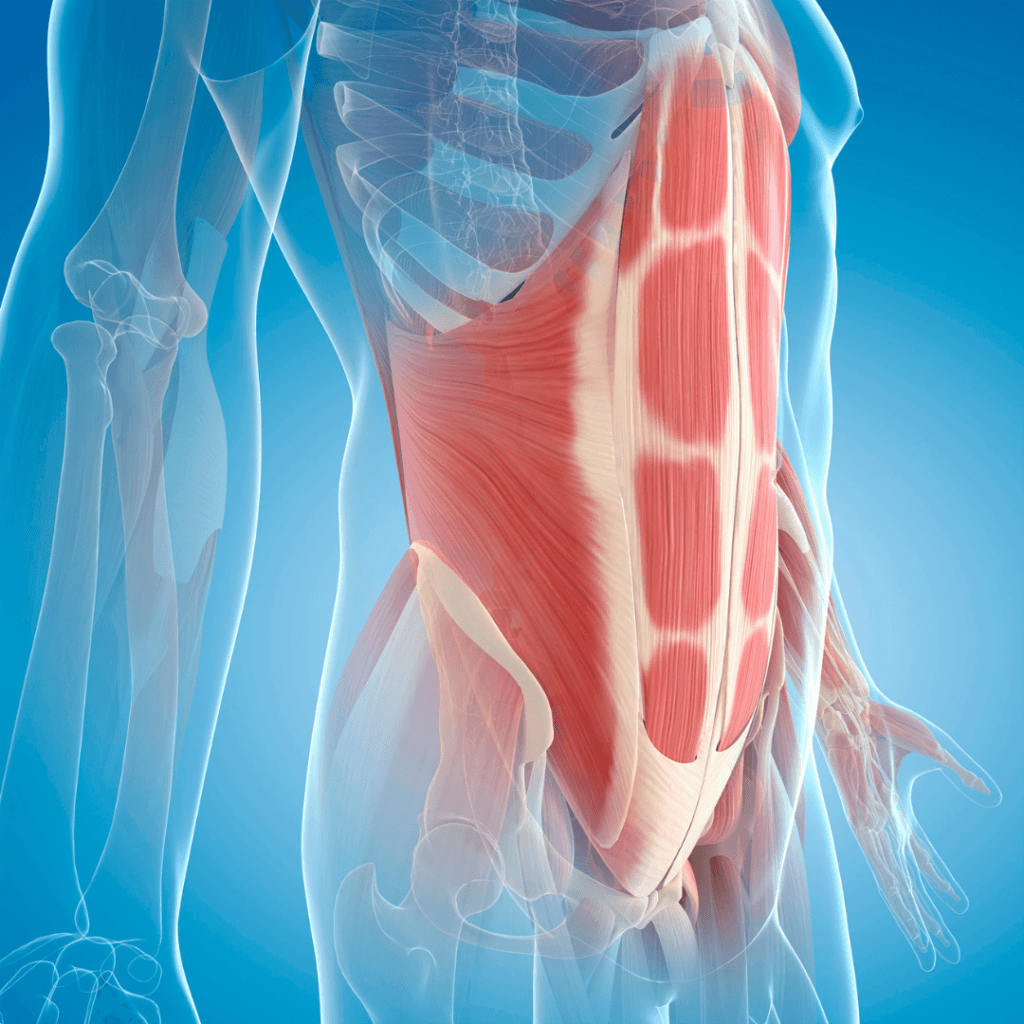
Done correctly, core bracing acts like an insurance policy for your spine, ensuring that each movement is stable and controlled. And for daily activities, you only need about 5-10% of your maximum stiffness (McGill, 2016, pp. 17-19). Just like you wouldn’t tighten a belt to its last hole for comfort, you don’t need to brace maximally for simple movements—just enough to provide support while staying relaxed and efficient.
Start by practicing bracing while standing, adjusting the tension to feel stable but not rigid. Then, apply it to daily movements like sitting, standing, lifting light objects, and walking to build control and strength over time.
Over time, this habit will pay off, preventing the slow “drain” that leads to pain, stiffness, and injury. The stronger your core bracing, the more movement wealth you accumulate—ensuring your body has reserves when you need them most.
1. The Squat: Your Foundation for Strength and Stability
Imagine lowering yourself into a deep chair, feeling your knees ache, or struggling to stand without using your hands. Maybe you’ve caught yourself groaning, feeling stiffness in your hips or lower back. It’s frustrating, right? These small struggles might not seem like a big deal, but over time, they chip away at your confidence in movement, making simple tasks harder than they should be.
At this point, you might be thinking, “Isn’t this what those manual handling courses at work were supposed to teach me?” Let’s be honest—most of us zoned out, nodded along, and waited for the tea break. But proper movement isn’t just for workplace safety compliance—it’s essential for protecting your body every day. A strong, controlled squat isn’t just for gym-goers; it’s one of the fundamental movement patterns for strength and injury prevention, helping you stay strong, mobile, and independent.
Why the Squat Matters
A well-performed squat helps to:
- Build leg strength
- Support knee and hip health
- Improve balance and coordination
- Reinforce proper movement mechanics
Here's How I Teach My Patients
Remember these three words: Tall, Tense, Bum.
- Stand as tall as you can without puffing your chest out.
- Tense your core—stiffen your belly muscles.
- Push your bum back as if you are closing a drawer behind you. Keep remembering to do the first two even as you begin to look like you’re bowing.
- From here, simply start bending your knees while keeping them pushed slightly outward.

2. The Lunge: The Key to Balance and Mobility
Have you ever stepped off a curb and felt your ankle wobble beneath you, forcing you to catch yourself before stumbling? Or climbed the stairs and felt a sharp, unwelcome twinge in your knee, making you question if your legs would hold steady? Maybe you lunged forward to grab something, only to realize your legs weren’t as strong or stable as they used to be. These aren’t just minor inconveniences—they’re warning signs that your body is losing its ability to balance, stabilize, and move with confidence.
The lunge is one of the most overlooked yet essential movements for everyday life. It’s the foundation for walking, climbing stairs, standing up from the floor, and moving with control. Mastering the lunge means reducing those shaky, uncertain moments, building even strength between both legs, and protecting your joints from wear, strain, and unexpected injuries.
Why the Lunge Matters
Unlike squats, which distribute weight evenly across both legs, lunges train each leg independently, exposing and correcting strength imbalances. A well-performed lunge helps to:
- Improve balance and coordination
- Enhance lower-body strength
- Reduce knee and hip strain
- Increase mobility and flexibility
Neglecting lunges is like leaving one side of your movement bank account untouched—you end up favoring one leg without realizing it, leading to overuse injuries and long-term imbalances.
Here's How I Teach My Patients

Remember these three words: Tall, Tense, Control.
- Stand tall—don’t hunch or let your upper body lean forward.
- Tense your core—stiffen your belly muscles to keep your body stable.
- Control the descent—step forward or backward, lowering down smoothly while keeping your front knee in line with your foot.
- You can use something like the arm of your sofa to help stabilize you if you feel wobbly.
- From here, push through your front foot to return to standing.
Common Lunge Mistakes (And How to Fix Them)
- Wobbly or unstable knees – Focus on engaging your core and keeping your front knee aligned with your foot.
- Leaning too far forward – Stay upright and centered to avoid straining your back.
- Rushing the movement – Lower slowly and with control to prevent unnecessary stress on the joints.
- Feet too close together – Maintain a hip-width stance to improve stability.
Applying the Lunge to Daily Life
- Walking and stair climbing – Every step you take is a version of a lunge.
- Getting up from the floor – Lunges train you to rise from one knee efficiently.
- Carrying shopping bags – Improves single-leg control when walking with uneven loads.
Lunges build long-term strength and resilience, making everyday movements feel smoother and reducing your risk of injury.
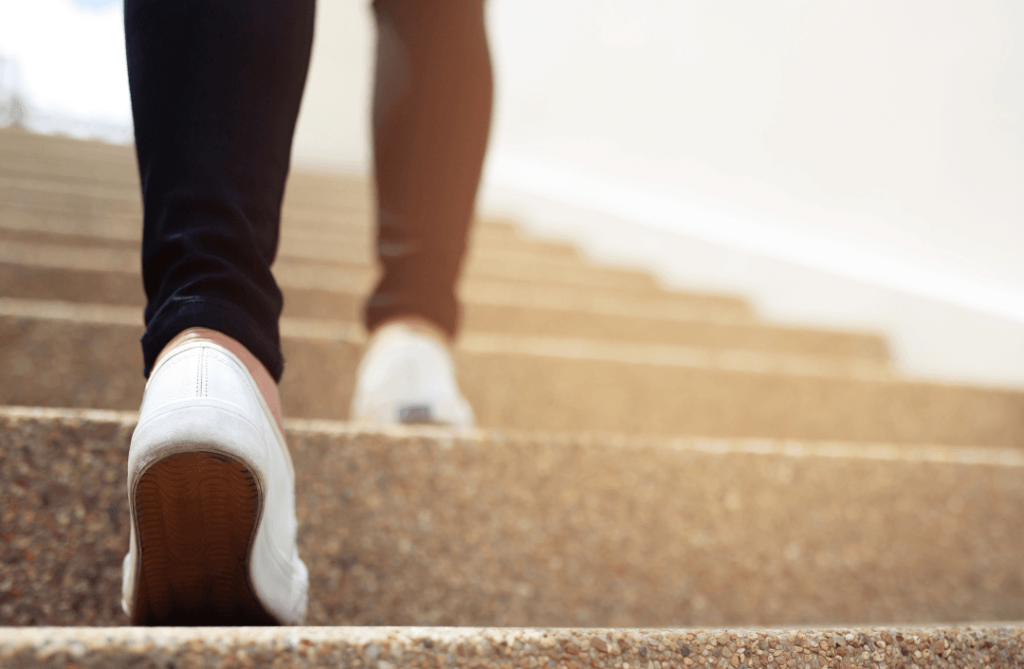
3. The Golfer’s Lift: The Secret to Protecting Your Back
Ever bent down to pick up something small—maybe a sock, your phone, or that elusive pen that rolled under the table—only to feel a sudden twinge in your lower back? It seems unfair that such a small movement could cause so much discomfort, yet for many people, this is the exact moment their back “goes.”
The problem? Most people bend from their spine instead of hinging at their hips. Over time, this habit weakens your back’s resilience, making it more vulnerable to sudden strains and injuries. The golfer’s lift is a simple but powerful movement that protects your spine, allowing you to bend forward without unnecessary stress. If done correctly, it will save your lower back from years of wear and tear—especially when picking up light objects.
The golfer’s lift is one of the most effective fundamental movement patterns for strength and injury prevention, particularly for those who struggle with lower back pain or repetitive strain injuries. By training your body to hinge at the hips instead of rounding the spine, you’re setting yourself up for safer, pain-free movement in daily life.
Why the Golfer’s Lift Matters
The golfer’s lift isn’t just for golfers—it’s a lifesaver for your lower back. Unlike a traditional bend, where many people round their spine and strain their back, the golfer’s lift teaches you to hinge at the hips while maintaining stability.
A well-performed golfer’s lift helps to:
- Protect your lower back
- Improve balance and coordination
- Build resilience in your spine
- Make daily tasks safer
Think of your lower back as your movement bank account—poor bending habits make constant withdrawals, wearing down your spine over time. The golfer’s lift is a smart investment, ensuring your back stays strong, stable, and pain-free for years to come.
Here's How I Teach My Patients
Remember these three words: Reach, Hinge, Balance.
- Reach – Lightly touch an object (like a chair or table) for support if needed.
- Hinge – Shift your weight onto one leg and push your hips back as you lower your upper body. When hinging, bring your back leg out as if you have a rigid pole from your head to your foot. This will prevent you from bending through your back.
- Balance – Try not to twist your upper body as you reach down—keep everything aligned to protect your spine.
From here, push through your standing leg to return to an upright position. The golfer’s lift is great for picking up small objects off the floor while keeping your back safe and engaged.
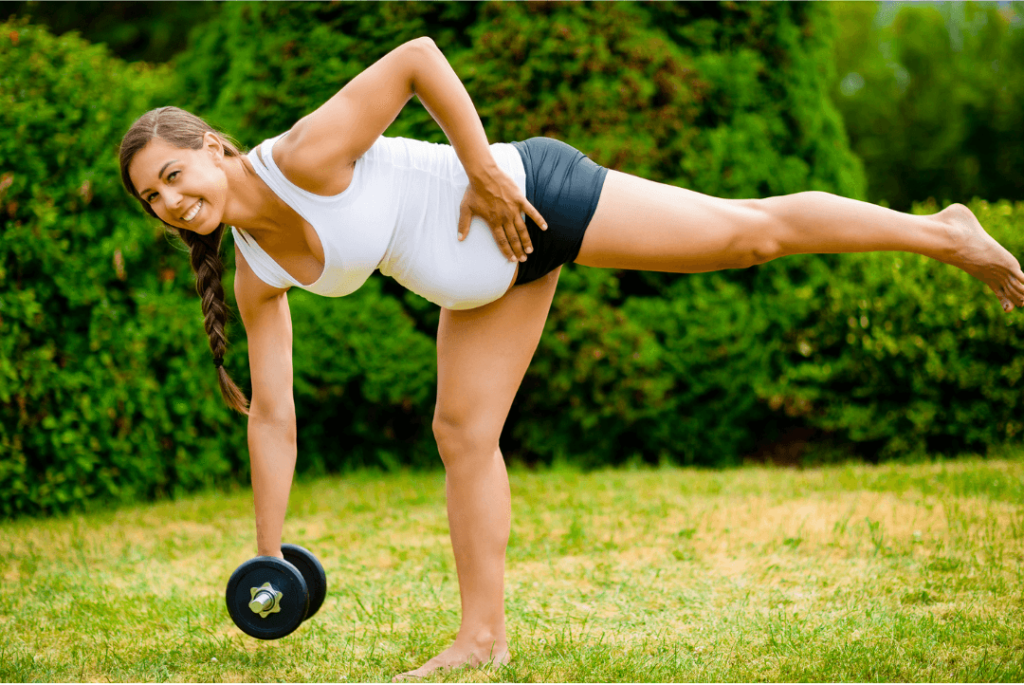
Conclusion: Move Well, Stay Strong
Mastering the squat, lunge, and golfer’s lift isn’t just about moving better—it’s about living better. These three movements form the foundation of how you navigate daily life, from getting out of a chair to picking something off the floor. When performed correctly, they help build strength, protect your joints, and keep your back safe—preventing those frustrating aches and injuries that sneak up when you least expect them.
Think of good movement as a long-term investment. Every time you squat with control, lunge with stability, or hinge with awareness, you’re depositing into your movement bank account, ensuring you have the reserves to stay mobile, strong, and pain-free for years to come.
Now it’s your turn—pay attention to how you move, make small adjustments, and start reinforcing these patterns today. Your future self will thank you!
If you’re still unsure about your movement patterns or experiencing pain, book an appointment today for a full movement assessment. Together, we can find the best way to keep you moving safely and confidently.
References
McGill, S. M. (2016). Low back disorders: Evidence-based prevention and rehabilitation (3rd ed.). Human Kinetics.


One response to “Fundamental movements preventing injury: In My Opinion”
[…] Strength Through Range → Mobility isn’t just about being flexible—it’s about controlling movement. If you want to master fundamental movement patterns that prevent injury, check out my blog on fundamental movements preventing injury. […]